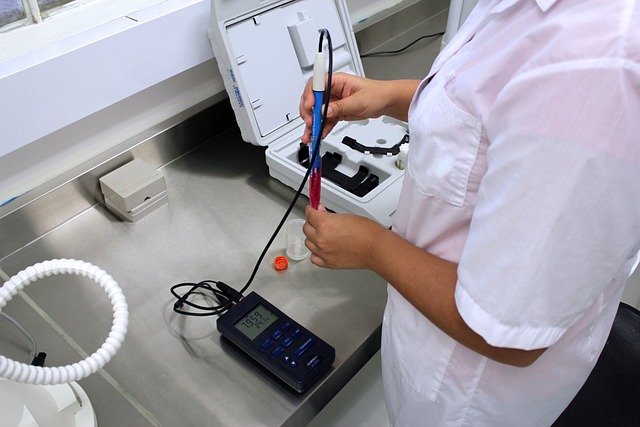Interpreting Test Results
Interpreting test results for sexually transmitted diseases (STDs) is a critical aspect of sexual health management. Understanding these results not only empowers individuals to make informed decisions about their health but also plays a vital role in public health by reducing the transmission of infections. This section aims to demystify the process of interpreting test outcomes, providing essential information that can guide individuals in navigating their health care options.
When an individual undergoes testing for STDs, the results may come back positive, negative, or inconclusive. A positive result indicates that the test has detected the presence of an infection, while a negative result suggests that no infection was found at the time of testing. However, it is important to consider the timing of the test, as certain infections may not be detectable immediately after exposure, a phenomenon known as the “window period.” For instance, tests for HIV and syphilis typically require a window period for accurate results. Therefore, individuals should consult healthcare providers to understand the implications of their test results in the context of their specific situations.
Inconclusive results can be particularly challenging, as they may lead to uncertainty and anxiety. These results indicate that the test did not provide a clear answer, and further testing may be necessary. Factors contributing to inconclusive results can include the quality of the sample, the timing of the test, or the presence of very low levels of the infection. Individuals receiving inconclusive results should be encouraged to seek follow-up testing and professional guidance to clarify their status and determine the next steps for their health.
Moreover, it is imperative to recognize that interpreting test results goes beyond simply understanding whether an infection is present or not. It involves considering the implications of the results for both the individual and their sexual partners. A positive result necessitates discussions about treatment options, potential health complications, and the importance of informing partners about possible exposure to STDs. Conversely, a negative result may provide reassurance, but individuals should still engage in preventive practices to maintain their sexual health and reduce the risk of future infections.
Finally, the emotional and psychological impact of receiving STD test results cannot be overlooked. Individuals may experience a range of emotions, from relief and happiness to anxiety and fear. It is essential for healthcare providers to offer support and resources, including counseling and education about safe sex practices. By fostering an environment of open communication and understanding, we can help individuals navigate their feelings and make informed choices regarding their sexual health, ultimately contributing to a healthier society.


No responses yet